A butcher board is used primarily for chopping and cutting purposes. Typically, as the name suggests, the butcher board was used for chopping meat but today, most kitchens in the world, use the same as a cutting board too for regular day-to-day slicing and chopping other types of food items.
A butcher board is a necessity in all kitchens where people love to eat meat and non-veg preparations. Choosing a butcher board, however, can be a daunting task. What should the butcher board material be, what should be the ideal size, what features should it have, and so on are often the common questions that people ask. Here, we are trying to answer a few of these questions to make it easy for you to buy a butcher board.
Material
The material of the butcher board is one of the crucial aspects that need to be considered well before buying. End grain wooden boards are considered to be the right option because this kind of wood does not get severed or scarred by sharp edges of the knife easily and even if they do, the fibres get back to position to put up a sturdy front.
How to know which wood to choose from?
Experts suggest that wood derived from trees that bear edible nuts or have edible running sap is the best choice. Typically, the hardness of the wood is a measure of how good it is going to be for making a butcher board. The Janka Hardness Scale measure for wood hardness should be between 850 to 1600, ideally for a butcher board.
Hard maple wood, Bamboo, walnut, teak, Ipe, Acacia, Wenge, Bloodwood, Tigerwood and Cherry wood are the preferred types of wood for a butcher board. Bamboo butcher boards are considered to be the best choice, though it is the walnut board that is the best-sellers in this category.
Why wood?
For a couple of reasons, wood should be the preferred material.
- Wood does not get scared that easily.
- Wooden surfaces help to maintain the sharpness of your butcher knives.
- Wooden butcher blocks usually have juice grooves on the edge that makes it easy for the meat juice to collect. It also means lesser work related to cleaning of drippings.
- Wooden butcher boards are usually quite large, making them appropriate for slicing and chopping large chunks of meat.
- Wood is derived from a renewable source vis-à-vis all other materials, making it a sustainable choice.
Grain types and their importance
- End grain – are typically the best for butcher boards as they help with heavy-duty work and are not severed with chopping and slicing actions.
- Edge Grain – They are suitable for light work.
- Face Grain – is used mostly to make decorative pieces.
Comparison of the commonly used types of woods that are used for making butcher board
A quick comparison of Cherry wood, Maple wood, Walnut, and Bamboo here will provide further insight into the best butcher board material.
- Cherry wood – This type of wood grain has a long life. It is, in fact, the strongest of all. Moreover, the vibrant red colour makes it look attractive in your kitchen.
- Maple wood - This type is strong wood and highly durable. It is thick and hard. Most boards made of maple can be used on both sides.
- Walnut - This type is high on density and relatively durable. However, be prepared for its heavyweight. It can be usually used on both sides, making it a convenient choice.
- Bamboo - Highly durable and one of the most sustainable ones because it comes from grass and not a tree. Go in for a bamboo board where the end grain shows. It is also the most pocket-friendly board out of all the types.
Size of boards
Butcher boards vary in thickness and size. Ideally, it would be best if you went in for a board that is long and thick. The reasonable size for a butcher board is about 17” x 13”.
What to look for in the best butcher board?
- The first thing that should be checked out is the material of the board. Wood, as mentioned above, is the best choice. Each type of wood has its pros and cons – choose the one that best suits your specific requirement and taste.
- The best butcher board will be rightly-sized and should be reasonably thick and sturdy.
- We should have a deep groove on the edge to collect the juice of the meat.
- Handles on both ends of the board make it convenient to carry them around.
- Butcher boards should be slow to absorb liquid. That way, they will be able to resist microbes.
- It should be scratch-resistant and should not get scarred with knife edges.
- A butcher board that can be used on both sides is a good buy.
- A good butcher board will not only be durable, but it will also not harm or dull the knives.
- Look for a guarantee and warranty from the manufacturer. Some offer lifetime guarantee while some offer a warranty for a year or so.
- Though this is not a primary factor, nonetheless it should be considered. The aesthetic look of the butcher board is a big attraction for many.
Getting your kitchen, the right butcher board is one part of the task. Maintenance is the other. Ellementry makes high-quality butcher boards that are easy to maintain and clean.
Ensure that you look after the board well, especially the wooden butcher boards as they tend to absorb liquids and microbes faster.

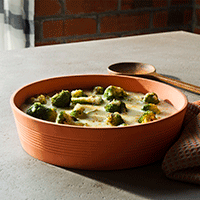
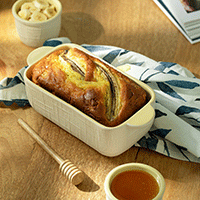
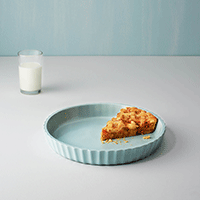
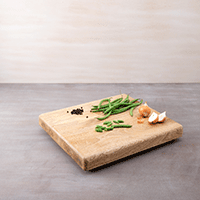
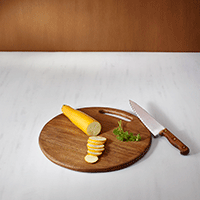
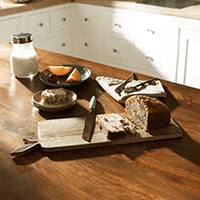
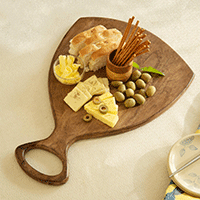
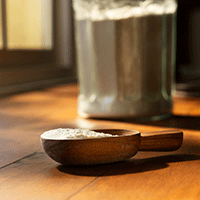
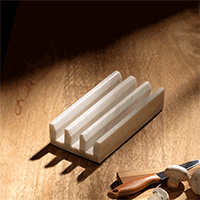
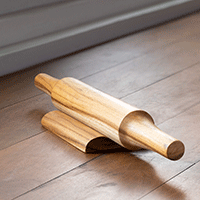

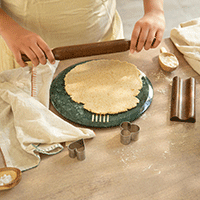
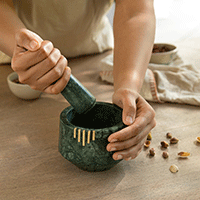
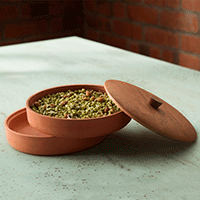
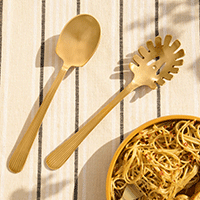
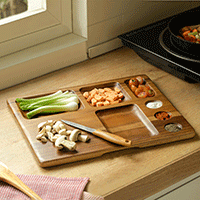
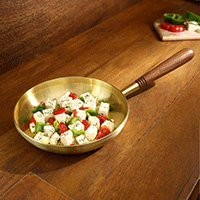
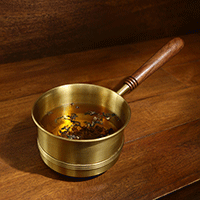
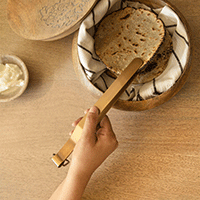
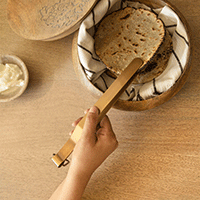
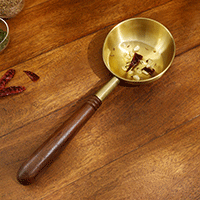
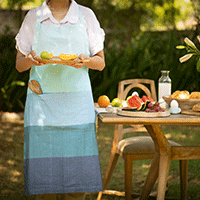
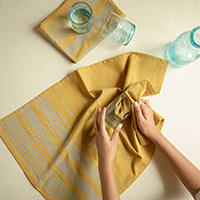
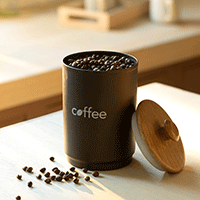
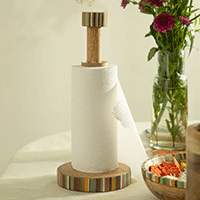
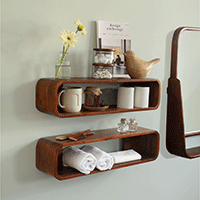
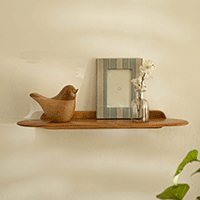
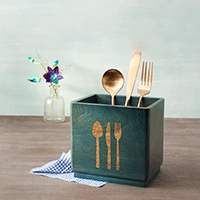
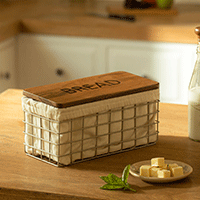
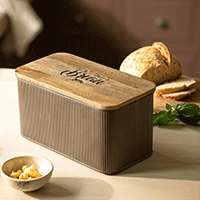
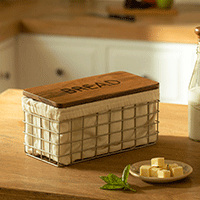
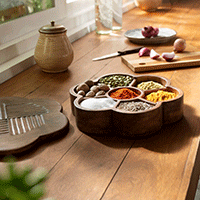

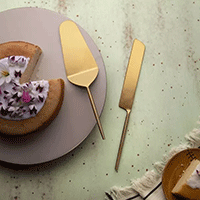
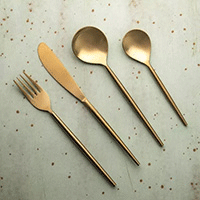
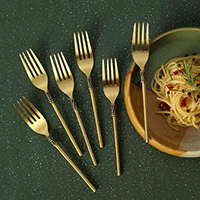
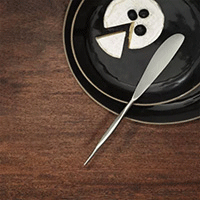
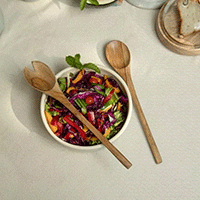
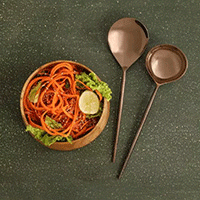
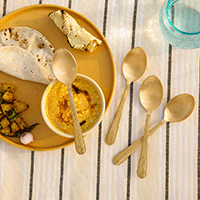
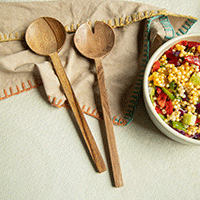
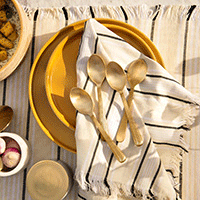
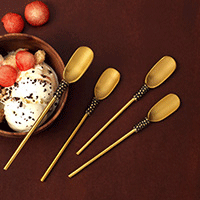
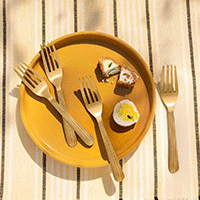
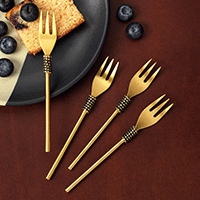
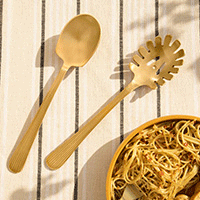
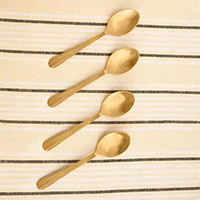

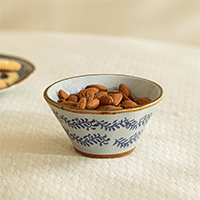
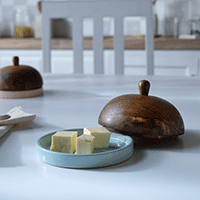
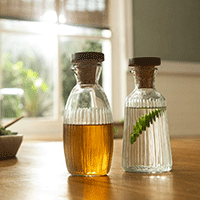
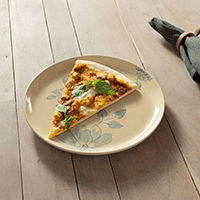
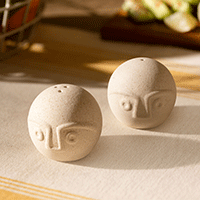
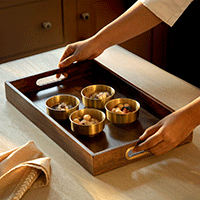
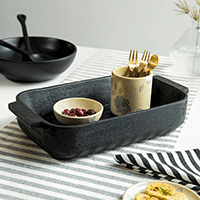
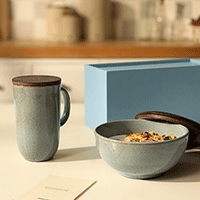

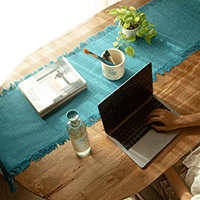
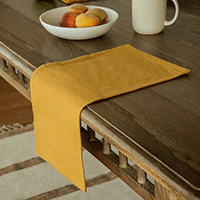
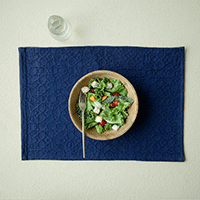
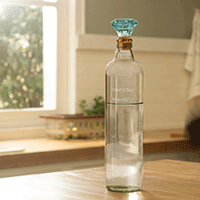
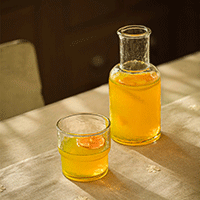
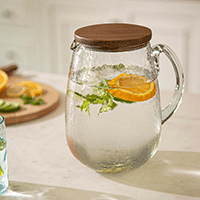
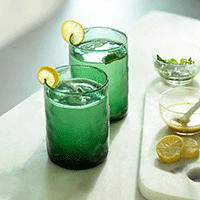
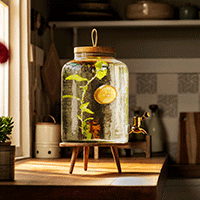
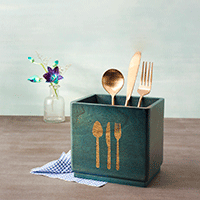
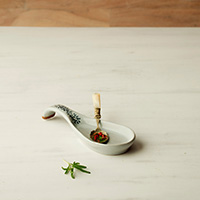
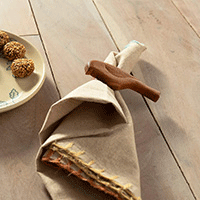

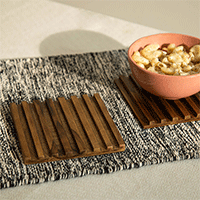
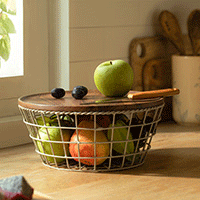
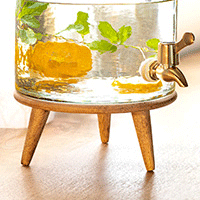
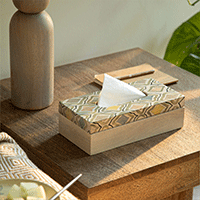

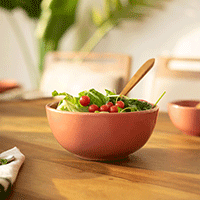
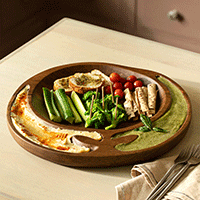
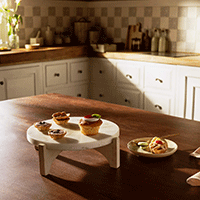
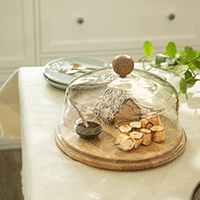
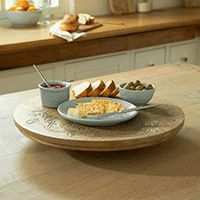
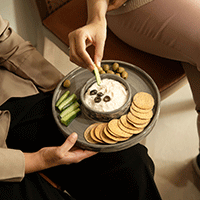
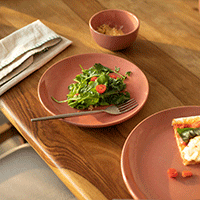
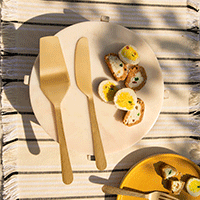
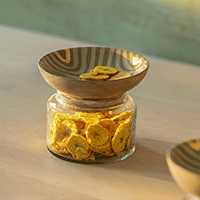
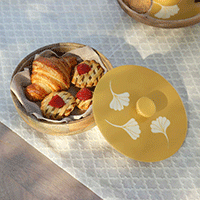
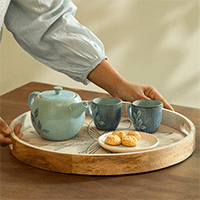
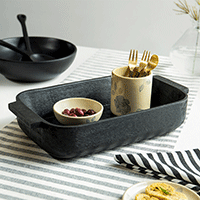
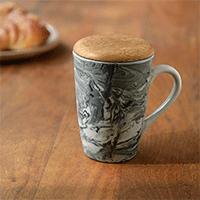
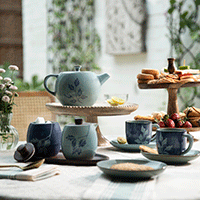
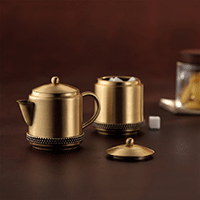
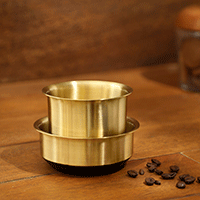

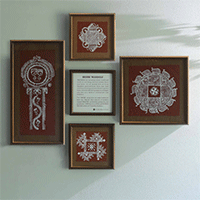
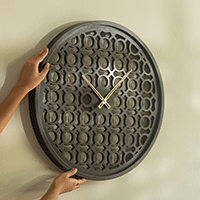
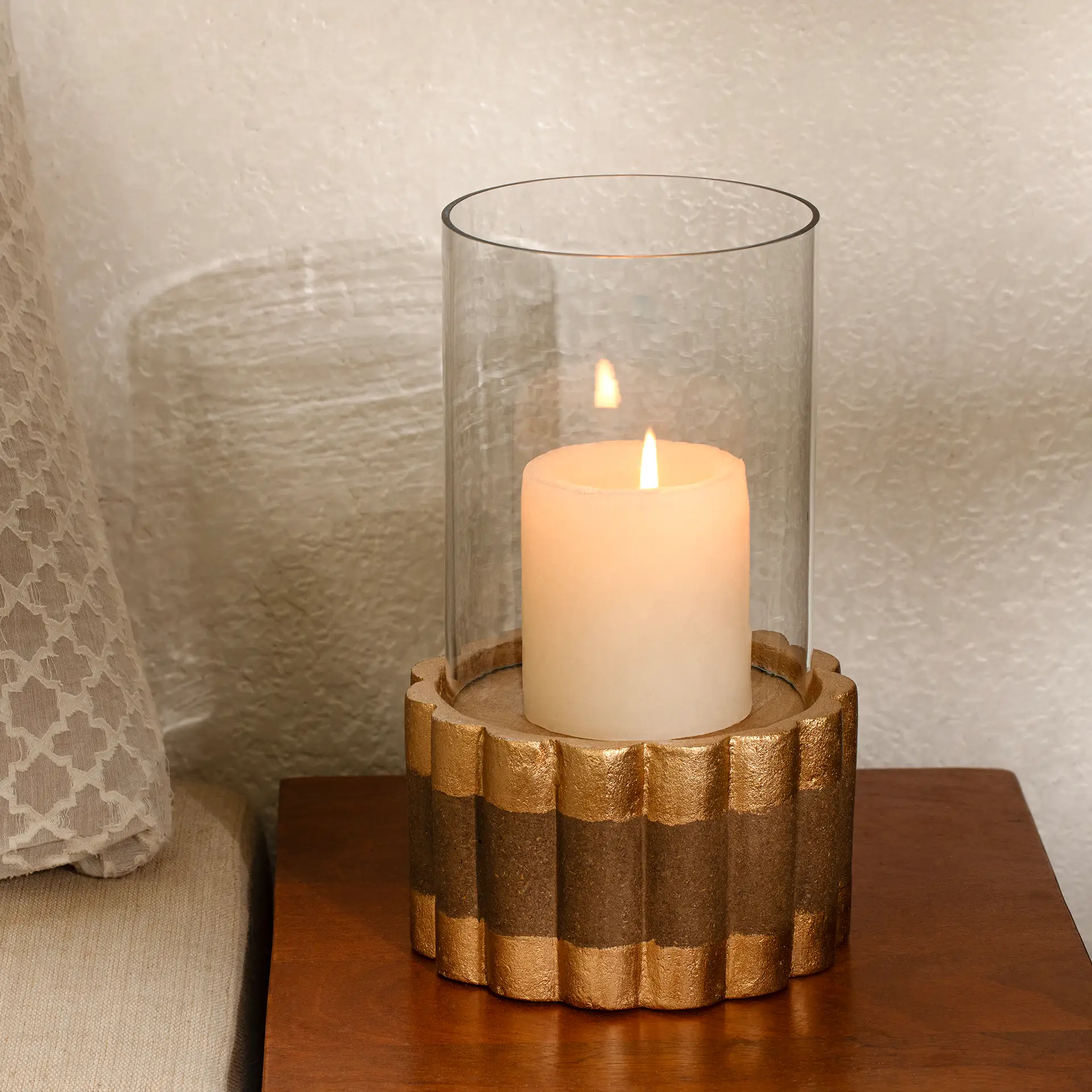
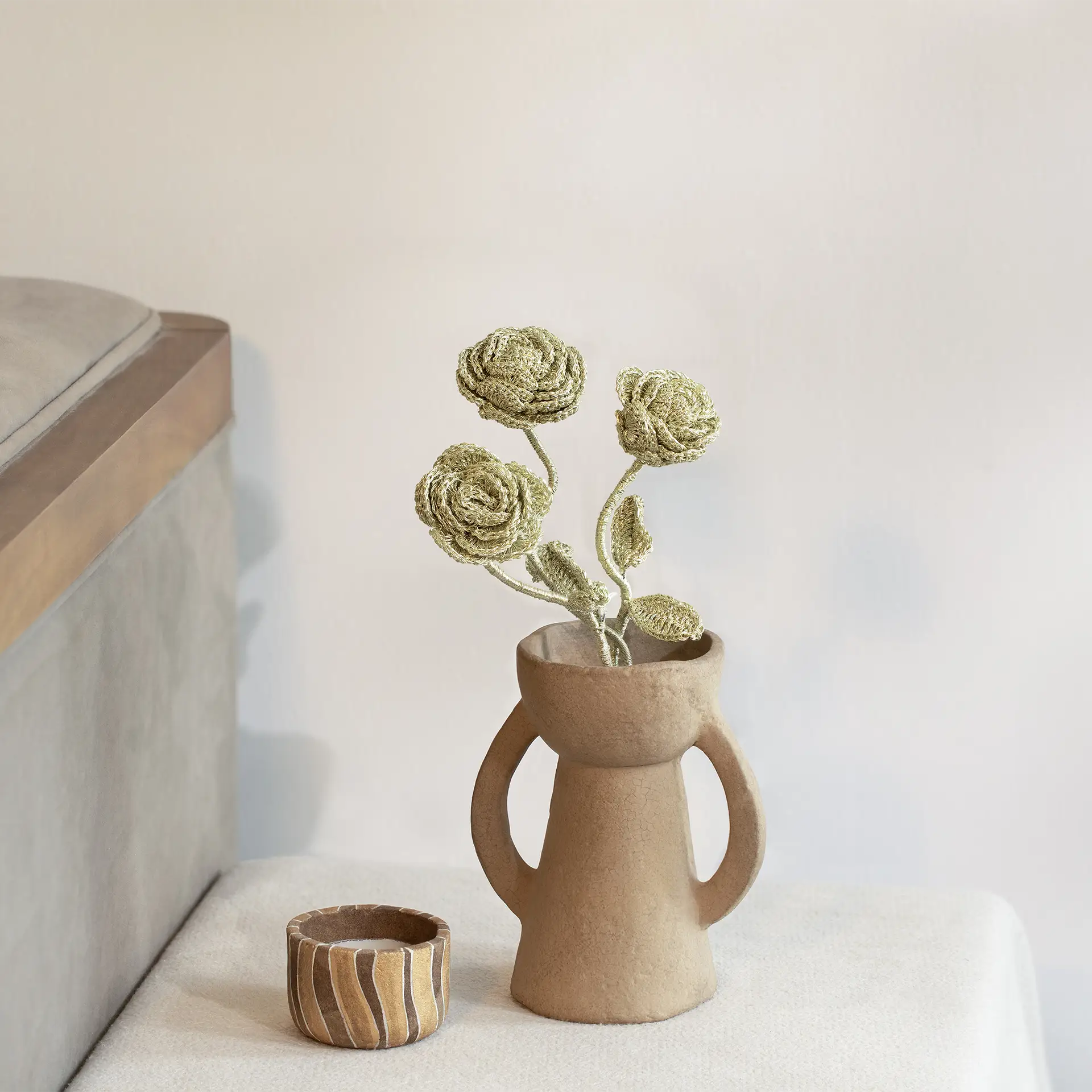
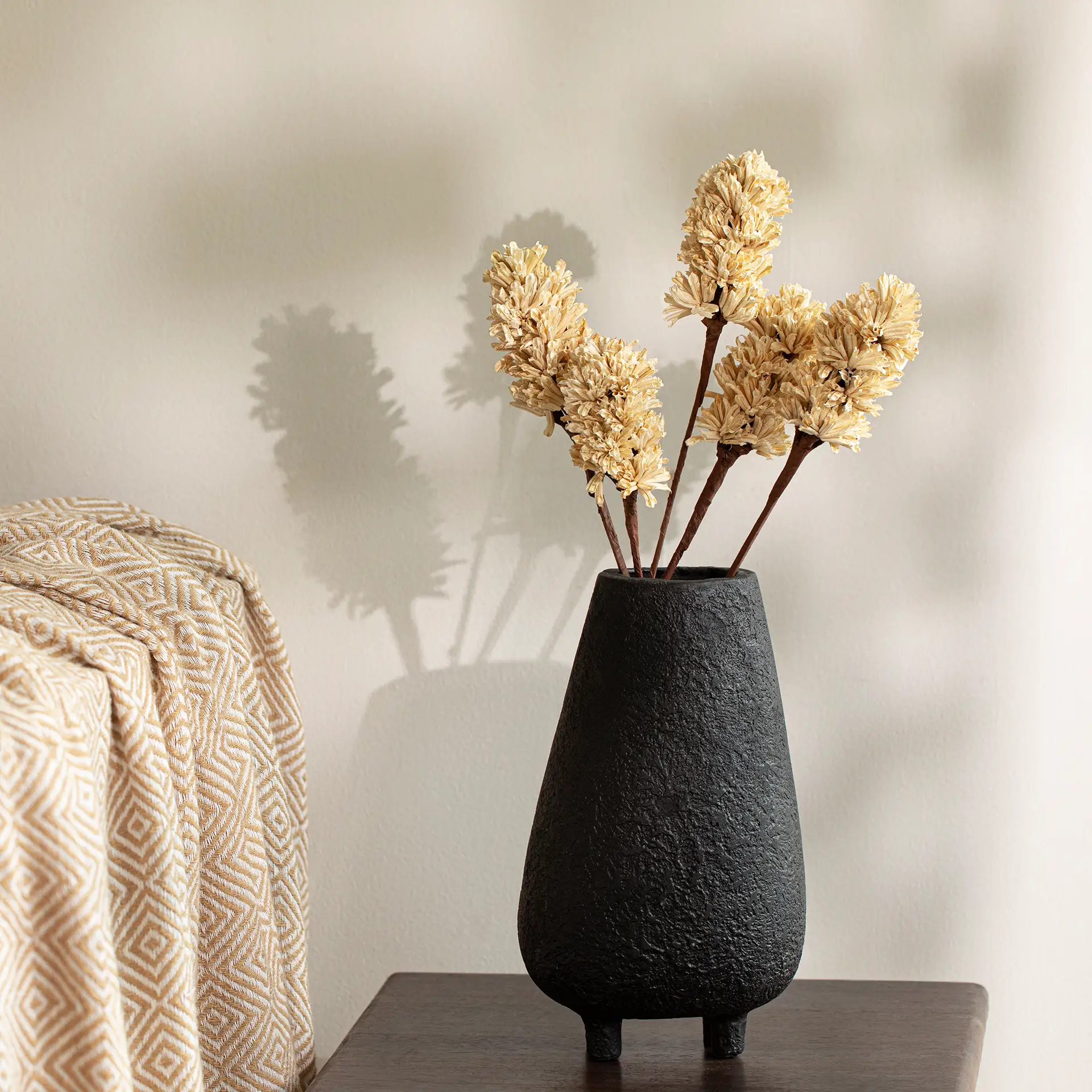
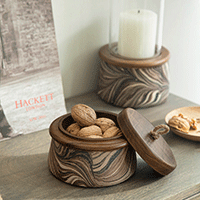
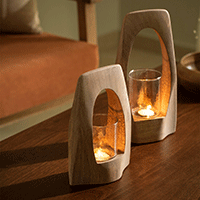
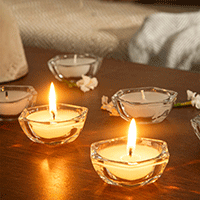
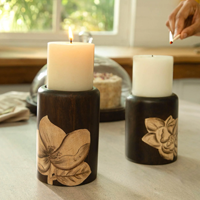
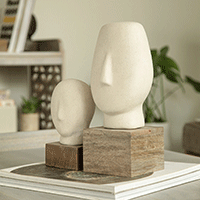
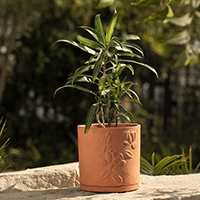
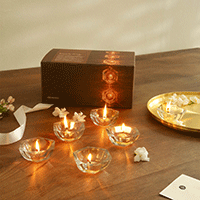
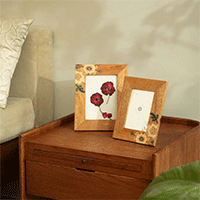
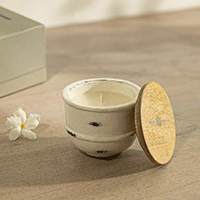
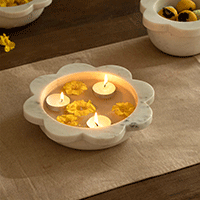
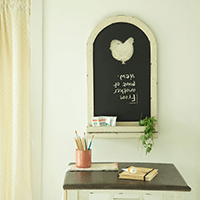
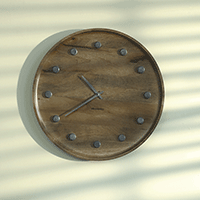
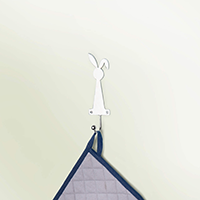
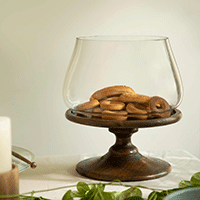
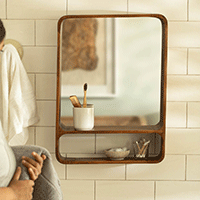
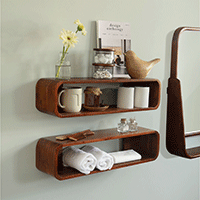

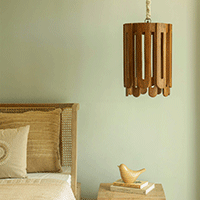
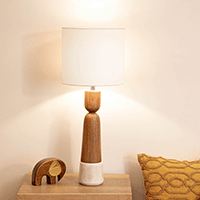
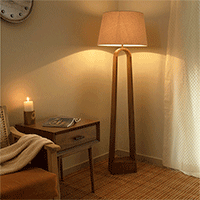
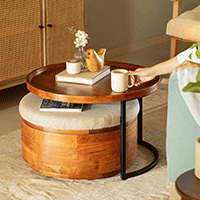
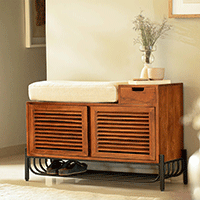
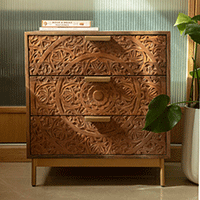
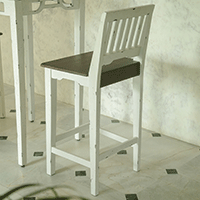
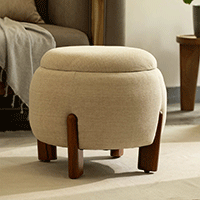
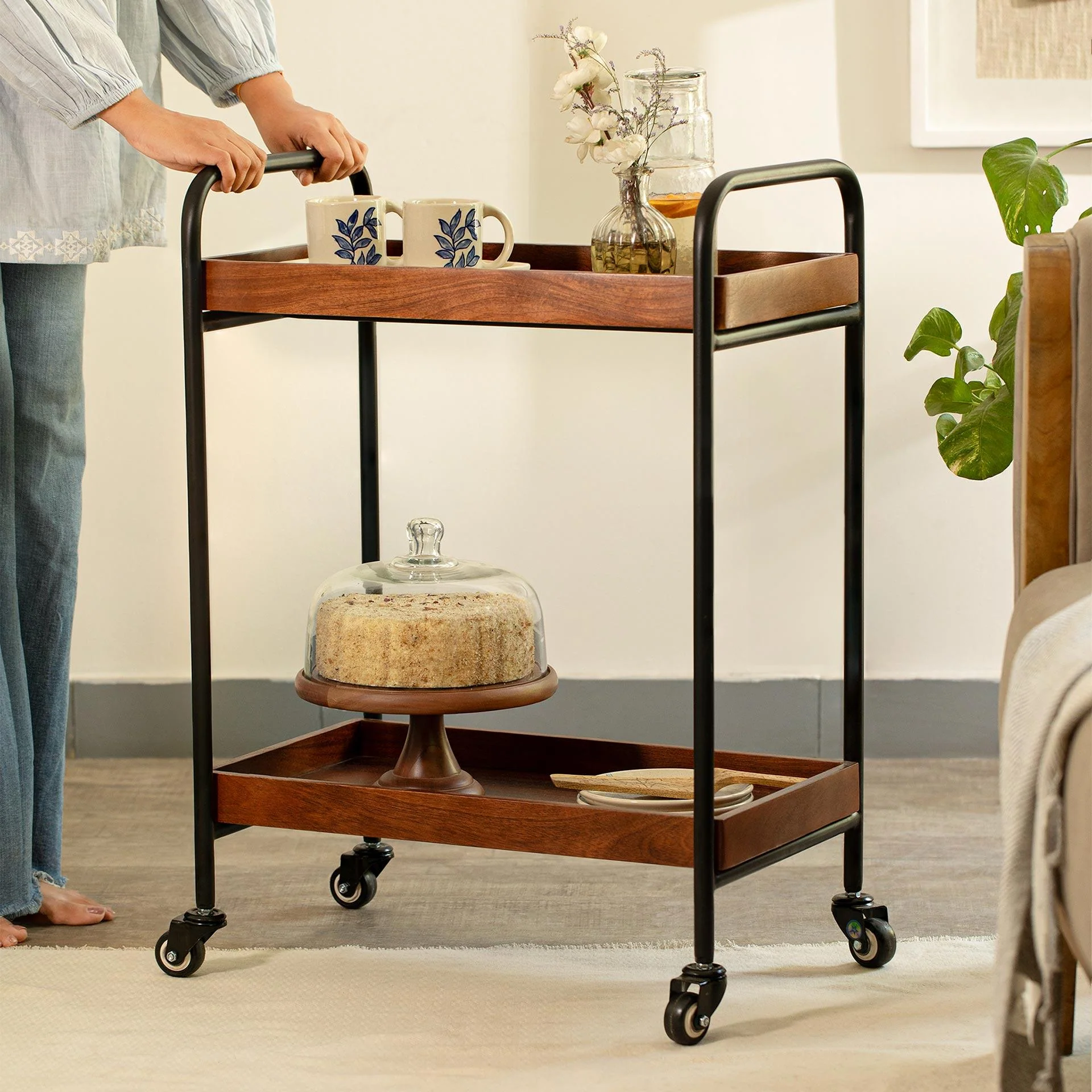

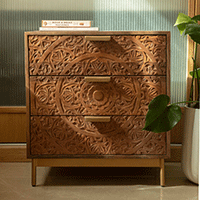
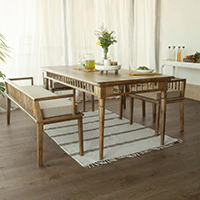
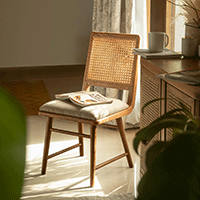

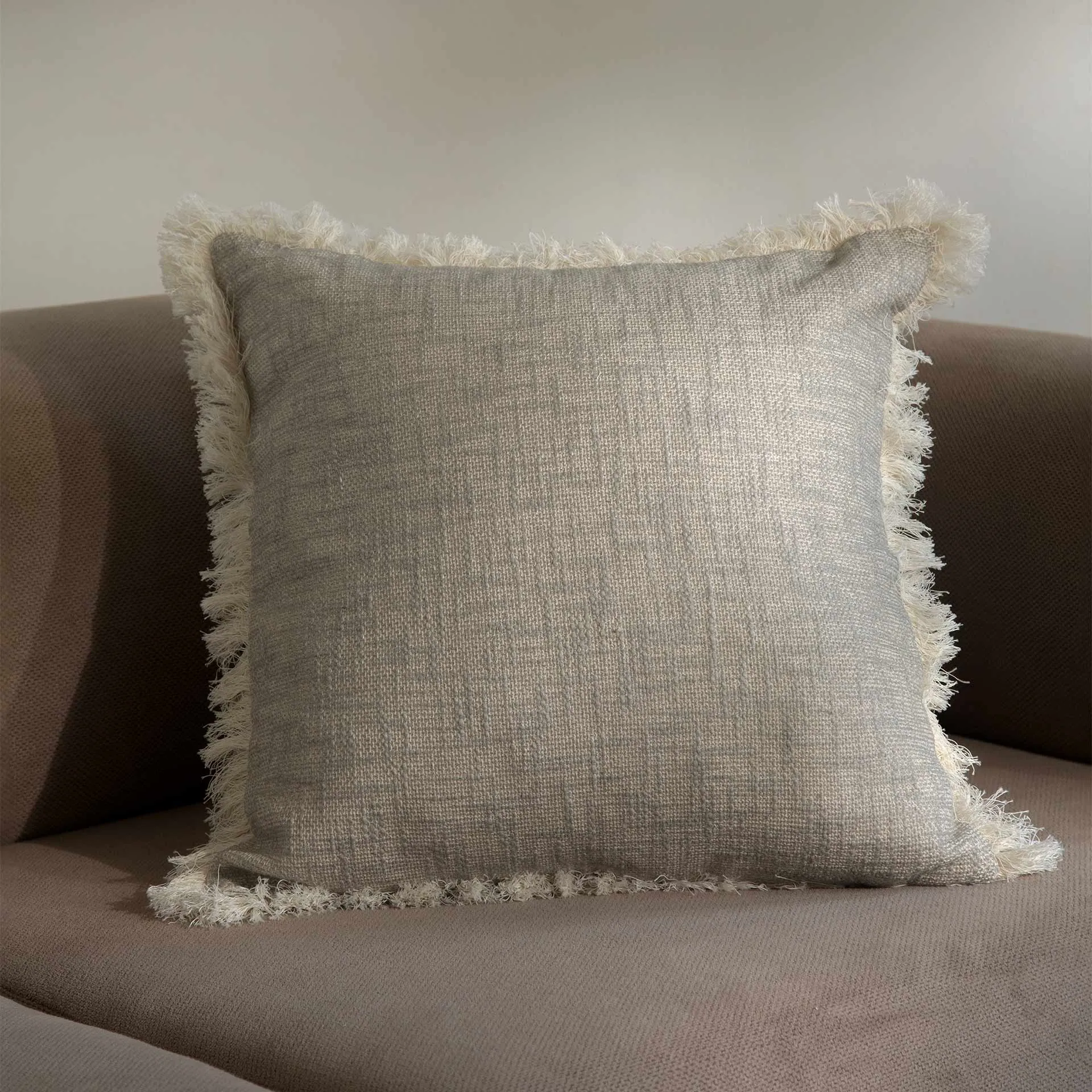
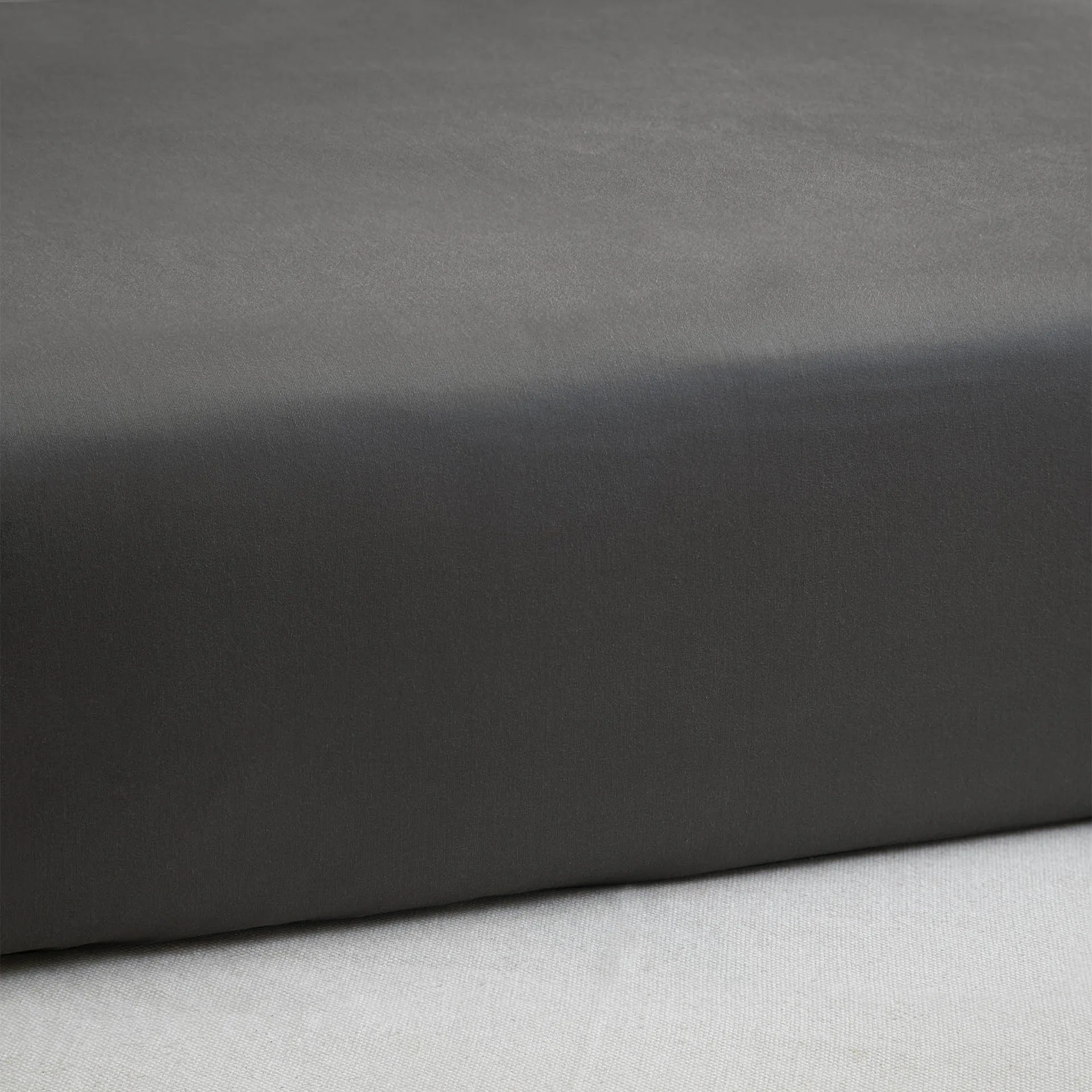

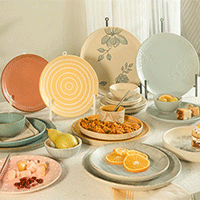
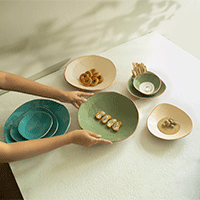
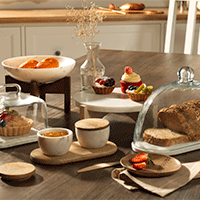
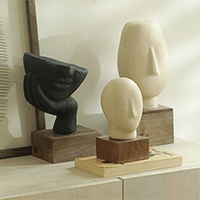
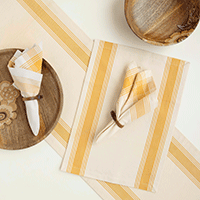
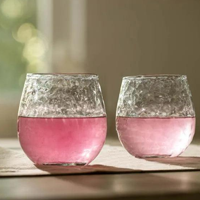
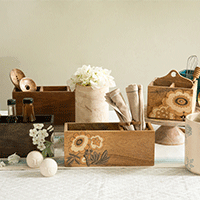
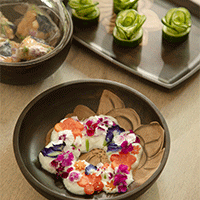
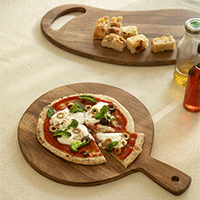
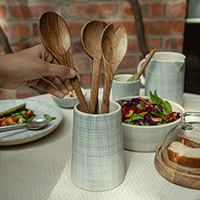
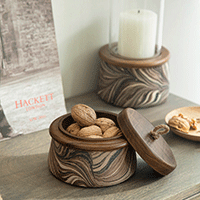
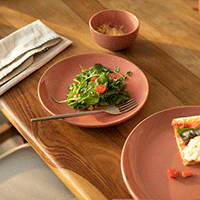
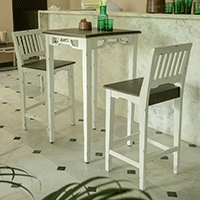
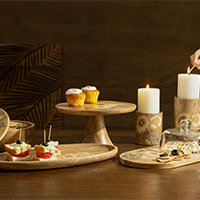
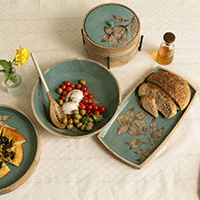
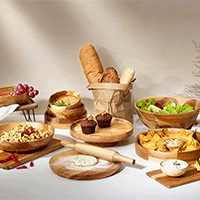
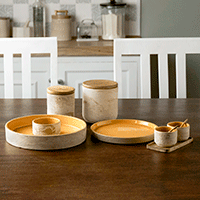
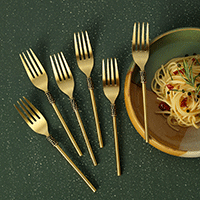
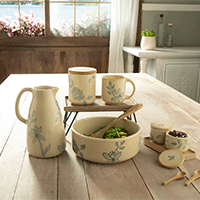
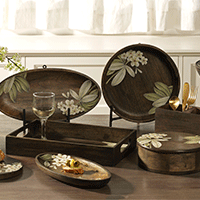
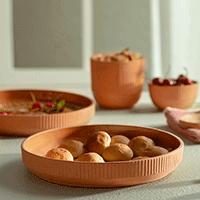
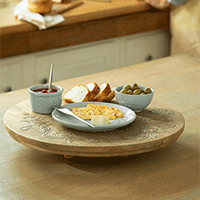
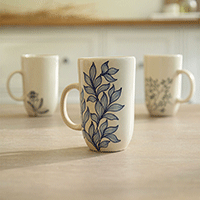
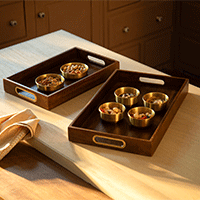
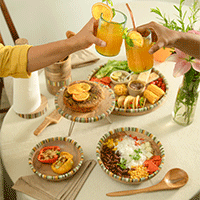
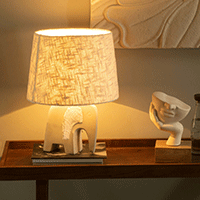
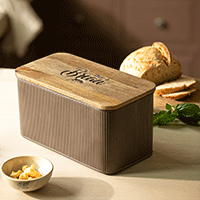
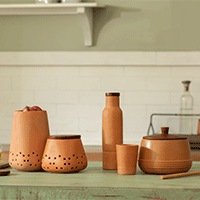
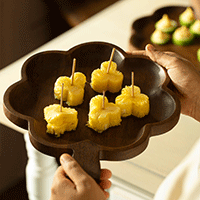
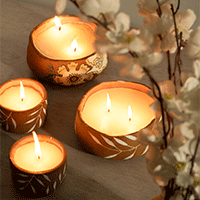
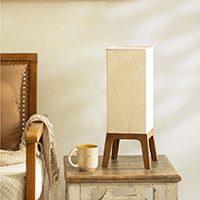
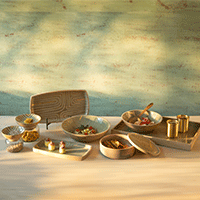
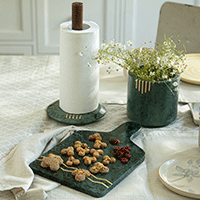
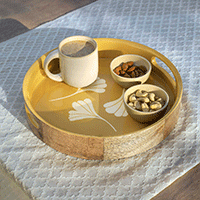
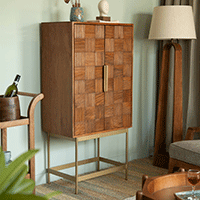
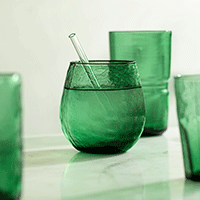
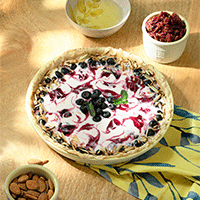
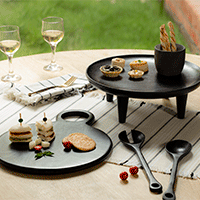
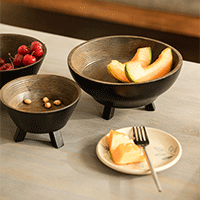
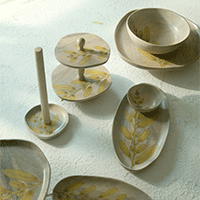
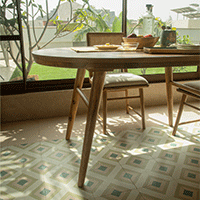
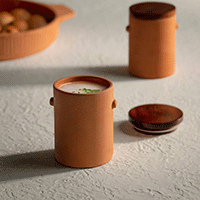
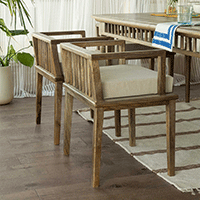

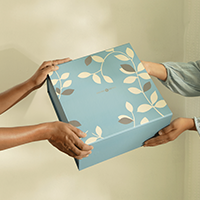
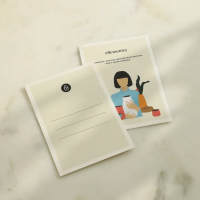
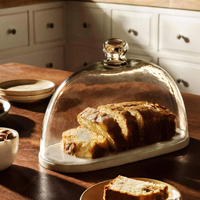
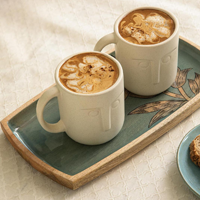
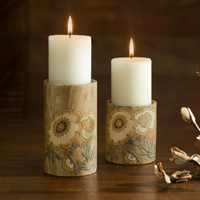
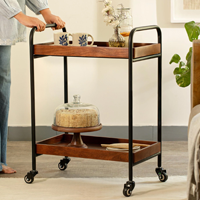
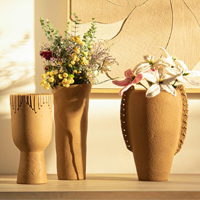
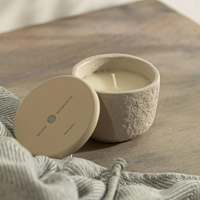
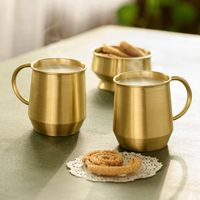
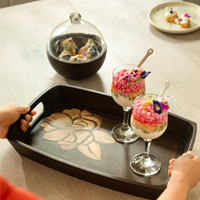
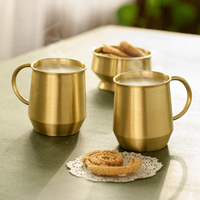
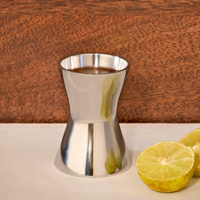
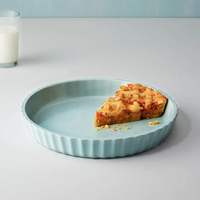
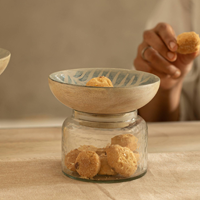
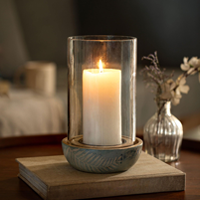
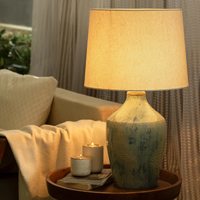
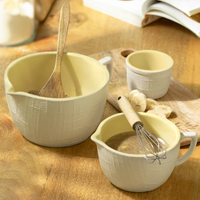
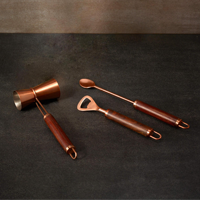
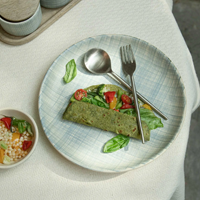









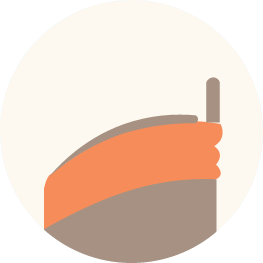


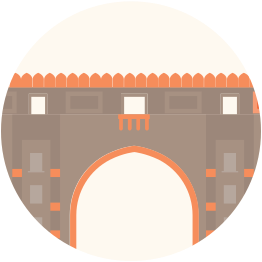

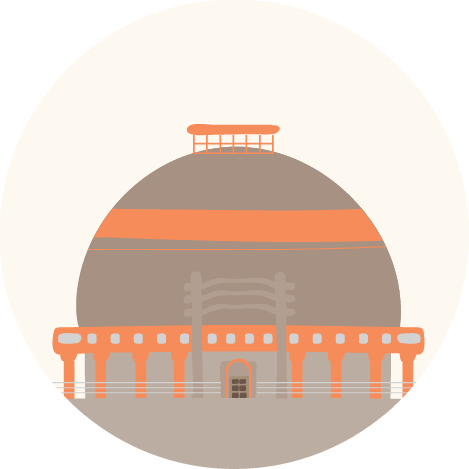
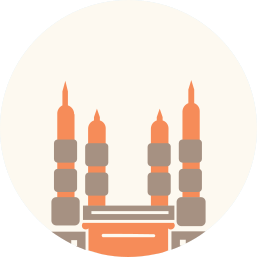


 easy returns
easy returns safe & secure
safe & secure hand crafted
hand crafted
